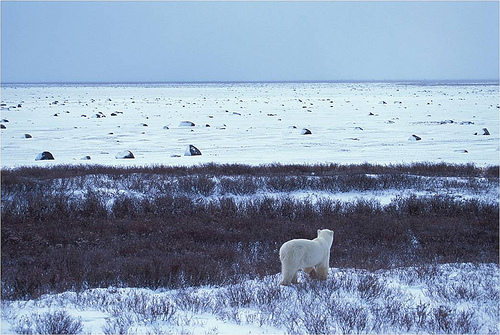Balancing human well-being with environmental sustainability: an ecologist’s story of Haiti
“Parc National La Visite is one of the few remaining refuges for Haiti’s once-remarkable biodiversity. It is also the only refuge for over 1,000 desperately poor families, the poorest people I have encountered anywhere on this planet. Naked children with bloated stomachs stood next to pine-bark lean-tos and waved shyly to me as I walked through the forest. Their parents…
